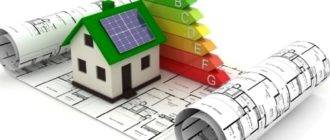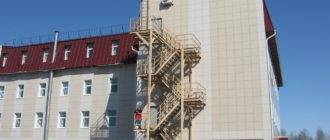In accordance withGOST 25772-83, after manufacture or repair, as well as in the course of normal operation, ladders and ladders should be tested. The timing will depend on the material from which the device is made, so for wooden devices and stepladders, certification should be carried out once every 6 months, and for metal devices - once a year.
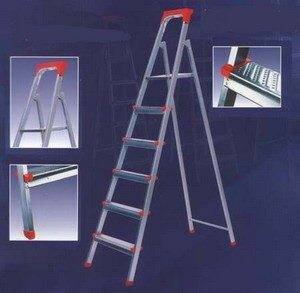
Below we will look at the basic requirements of such certification, as well as watch the video in this article.
Primary requirements
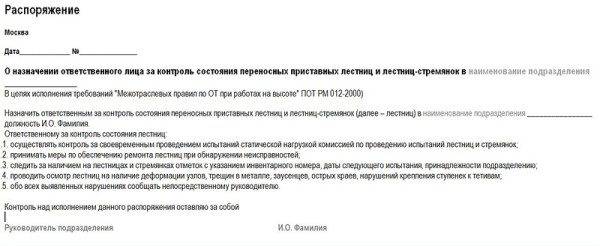
To monitor the condition and conduct periodic tests of ladders and stepladders, another responsible person is appointed by a special order of the person responsible for occupational safety and health.
This responsible person must, without fail, with his own hands, indicate with paint or a tag glued on the outside of the bowstring the inventory number, affiliation to the unit, as well as the date of the previous and next certification.
For stairs
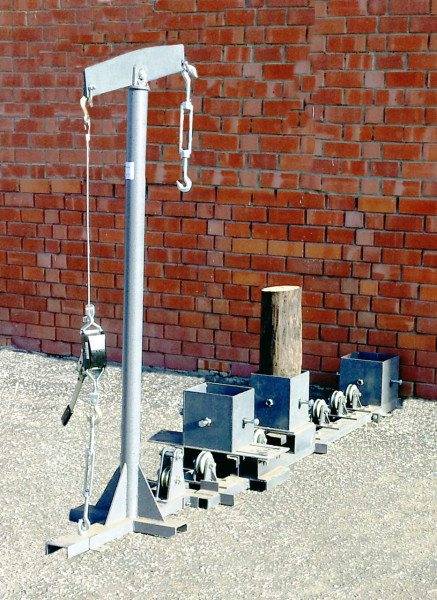
- The essence of the certification is that a static load is suspended from the ladder bowstrings and steps for 2 minutes. To do this, the device is installed on a solid surface and either leaned against the wall at an angle 75⁰, or move apart (multi-knee structures should be fully extended).
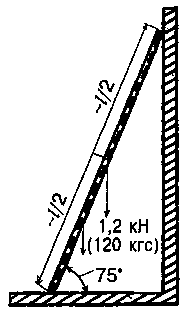
- To test the attached structure to the staircase, which is not reinforced by anything, a load of 1.2 kN or 120 kgf should be suspended. After the load has hung for 2 minutes, it is removed and the crossbar and the place of insertion into the bowstring are carefully examined - there should not be any damage, and if their condition after checking is in doubt, then the process is repeated again in full. Upon detection of weak points and their repair, all certification is also carried out anew in full.
- In order to diagnose the strength of the bowstring, you should again follow the same instructions. The certified structure is installed at an angle of 75⁰, leaning against a vertical plane and on both bowstrings exactly in the center, a static load of 1.0 kN or 100 kgf is applied. After 2 minutes, it (the load) is removed and a visual inspection is carried out - if in doubt, the instruction requires you to repeat the entire process in full.
For stepladders
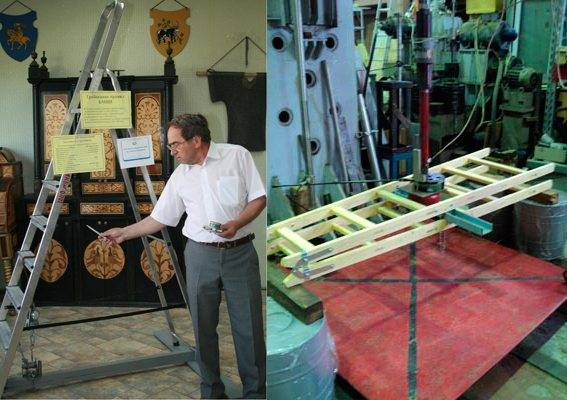
- In order to test the step-ladder (see photo above), it must be installed in a working (extended) position on a solid surface, which is usually asphalt or concrete, and then a load of 1.2 kN should be suspended to the step, which is not reinforced by anything. or 120 kgf. After the load has hung for 2 minutes, it is removed and the crossbar and the place of insertion into the bowstring are carefully examined - there should not be any damage, and if their condition after checking is in doubt, then the process is repeated again in full. Upon detection of weak points and their repair, all certification is also carried out anew in full.
- If both knees are working on the ladder, then a similar diagnosis is made on the other side, and if not (the knee serves only for an emphasis), then one should proceed to testing the bowstrings. To control the strength of the bowstrings, a load of 1.0 kN or 100 kgf is applied to each of them in the middle for 2 minutes (similar to the diagnostics of the steps). After 2 minutes, it (the load) is removed and a visual inspection is carried out - if in doubt, the check should be repeated in full.
Inspection

- After carrying out a check with loads of all structures, a commission specially created for this purpose examines the structure for damage. For sliding devices and stepladders, all movable units of mechanisms should work clearly, move, move apart and lock at the desired height. There should be no cracks on the bowstrings and steps, and there should be no sharp corners and burrs on the metal products, as well as any deformation of the knots and fastenings of the horizontal partitions to the bowstrings.
- In addition to visual inspection, the main dimensions should also be checked for the permissibility of their deviations and the quality of the welds. If there is a protective coating on the bowstrings and steps, such as paint, varnish or primer, then its condition should also be examined. At the end of the check, the commission draws up and signs each member of the Act for testing the stairs for safety, which you see in the photo above.
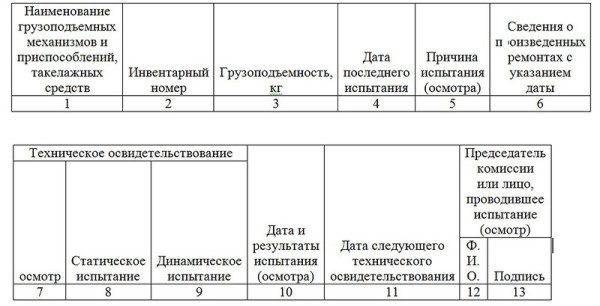
Recommendation. To check the safety of an attached structure or a ladder at home, you do not need a stand at all - your own weight is enough. So, to test the steps, you can put the device under test on a solid base and alternately jump slightly on each of the horizontal baffles. To check the strength of the bowstrings, place the ladder in a horizontal position on four stools of equal height, place a thick board across it in the middle and jump slightly a few times on it. When jumping, your weight will increase significantly and if after that no damage remains on the parts, then the diagnosis was successful.
Conclusion
If in production the state of such devices is monitored by persons in charge, appointed by force, this does not mean at all that at home, of your own free will, you can refuse such inspections. Do not forget that the price of a broken staircase often translates into serious injuries, and sometimes even in human life (find out also what are the optimal dimensions of stair steps).

